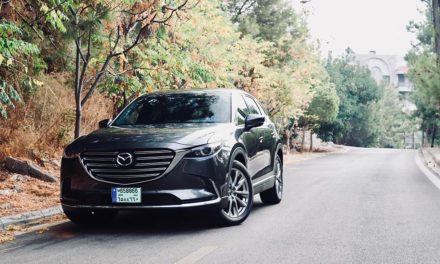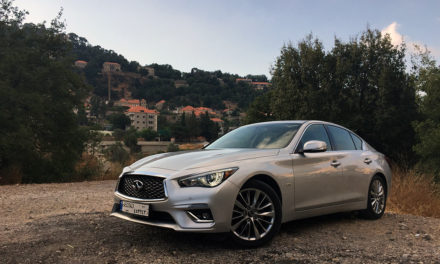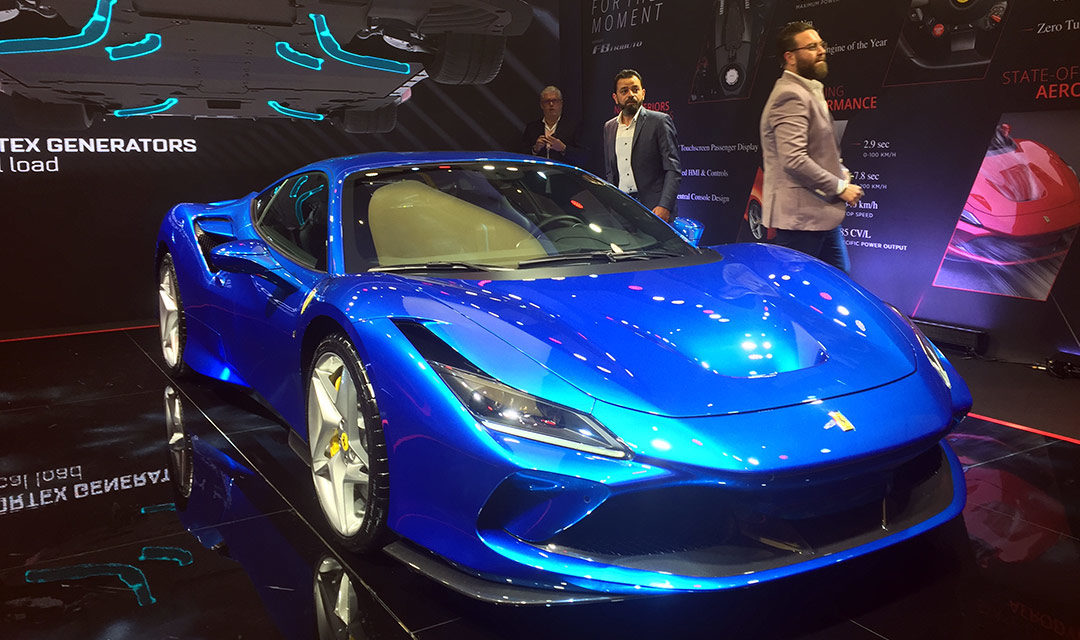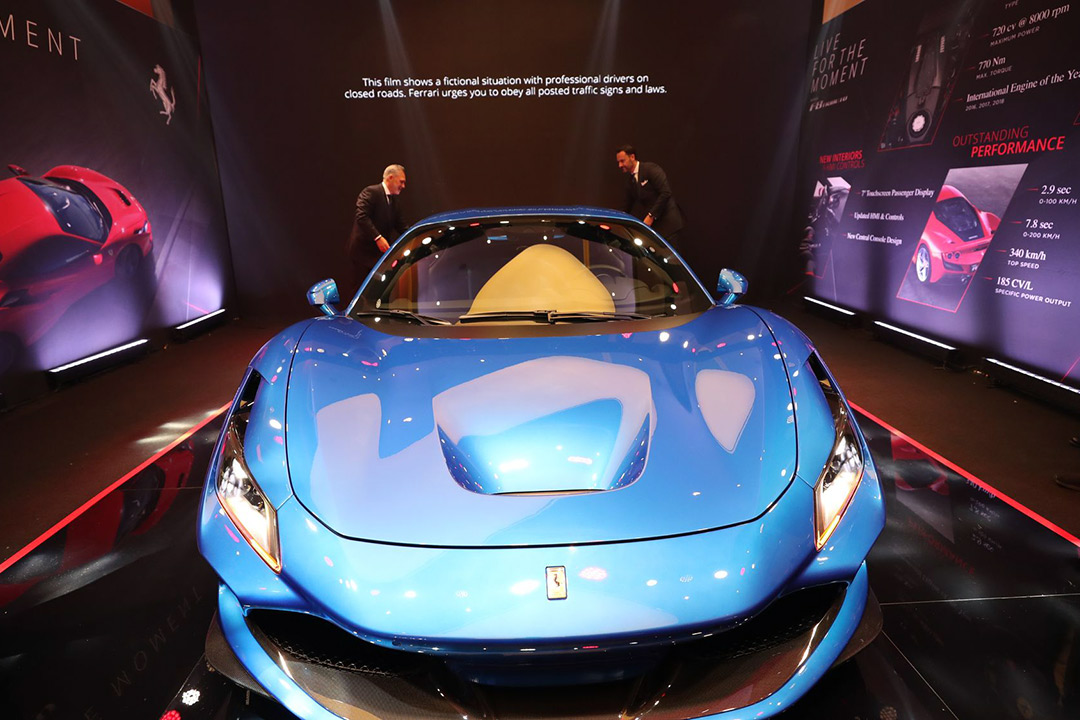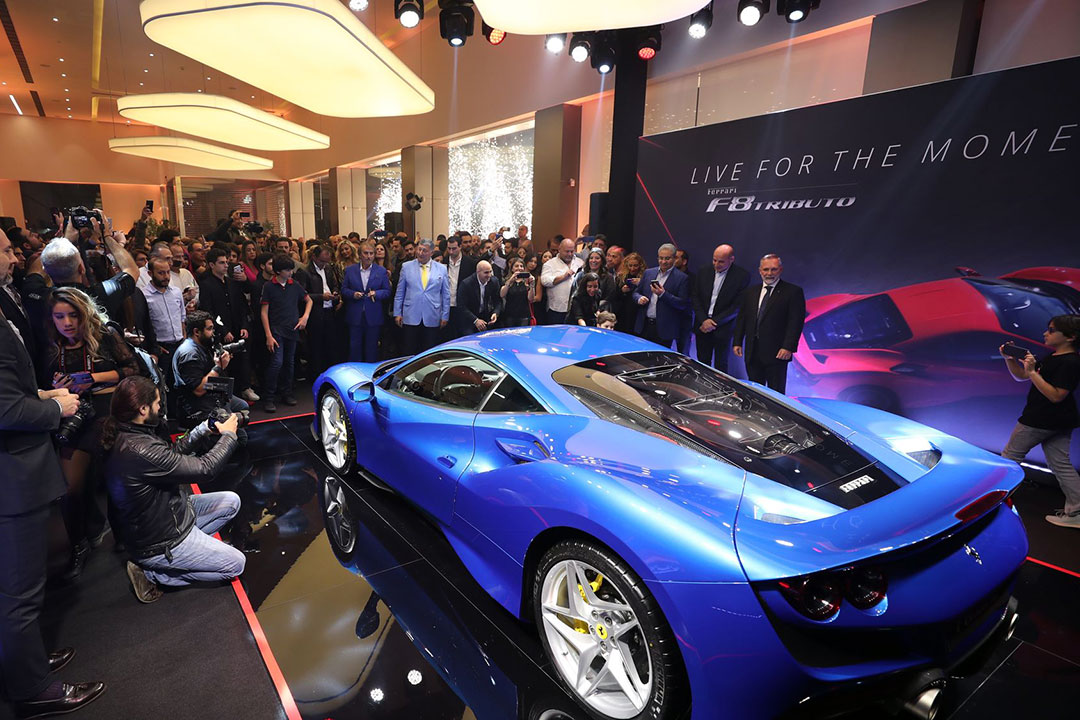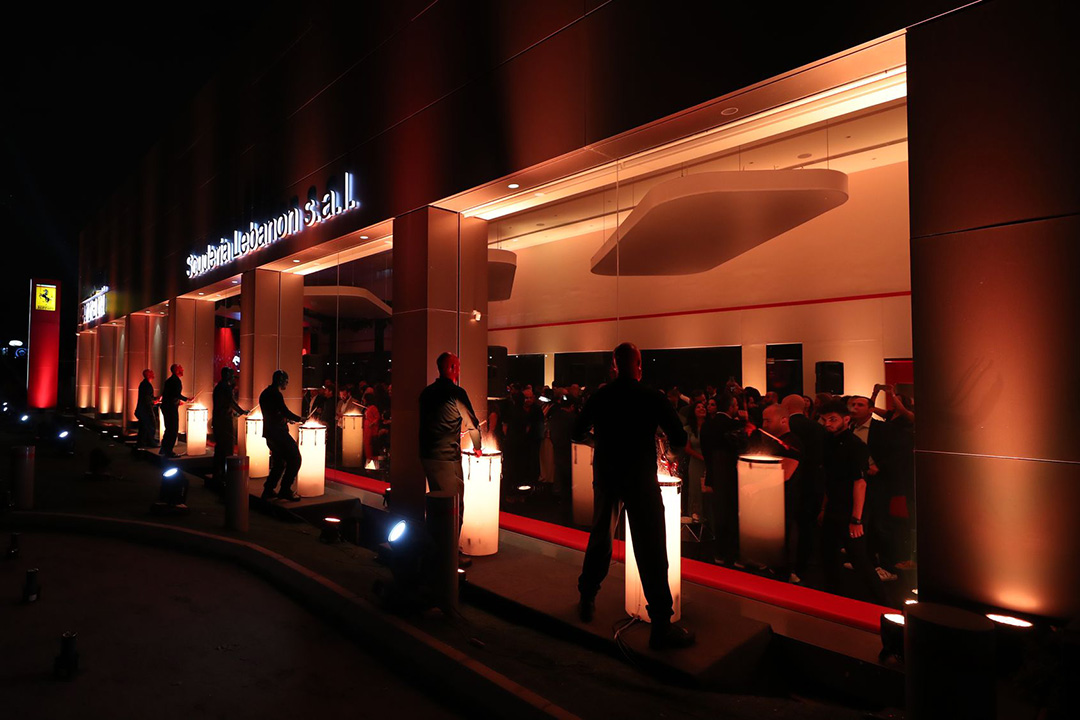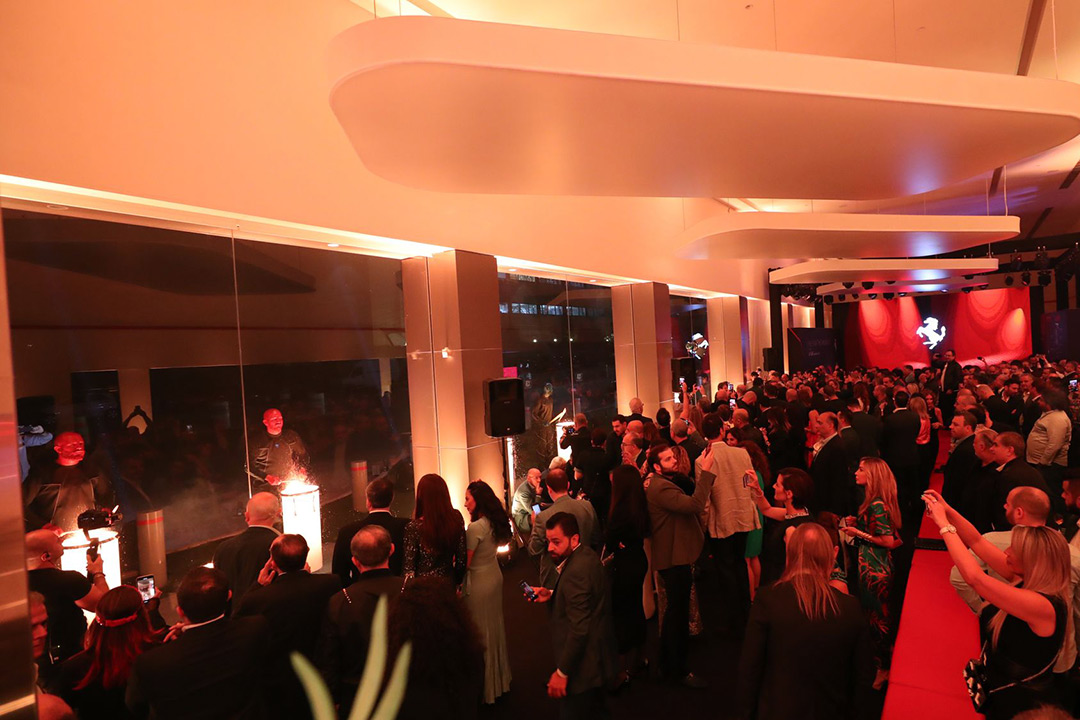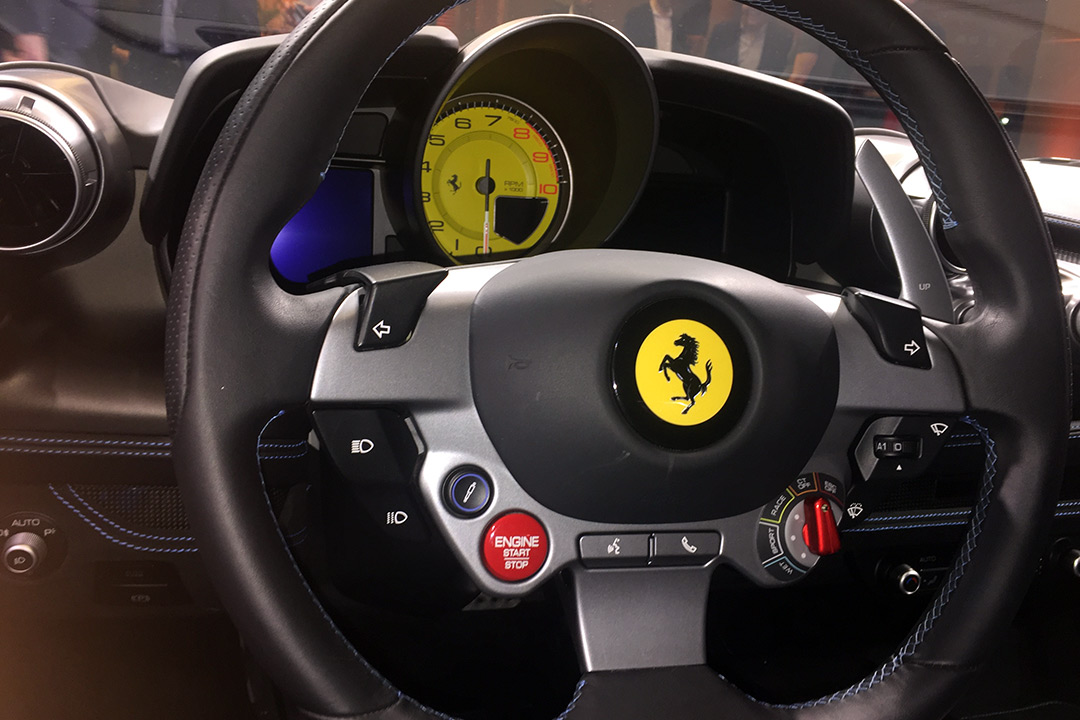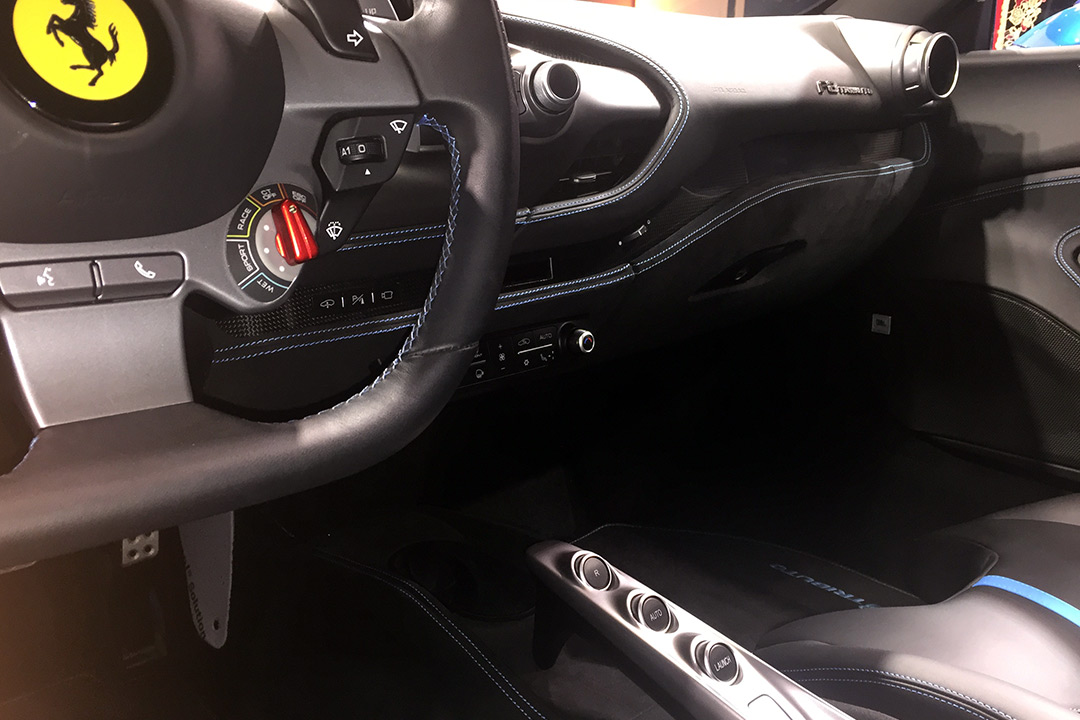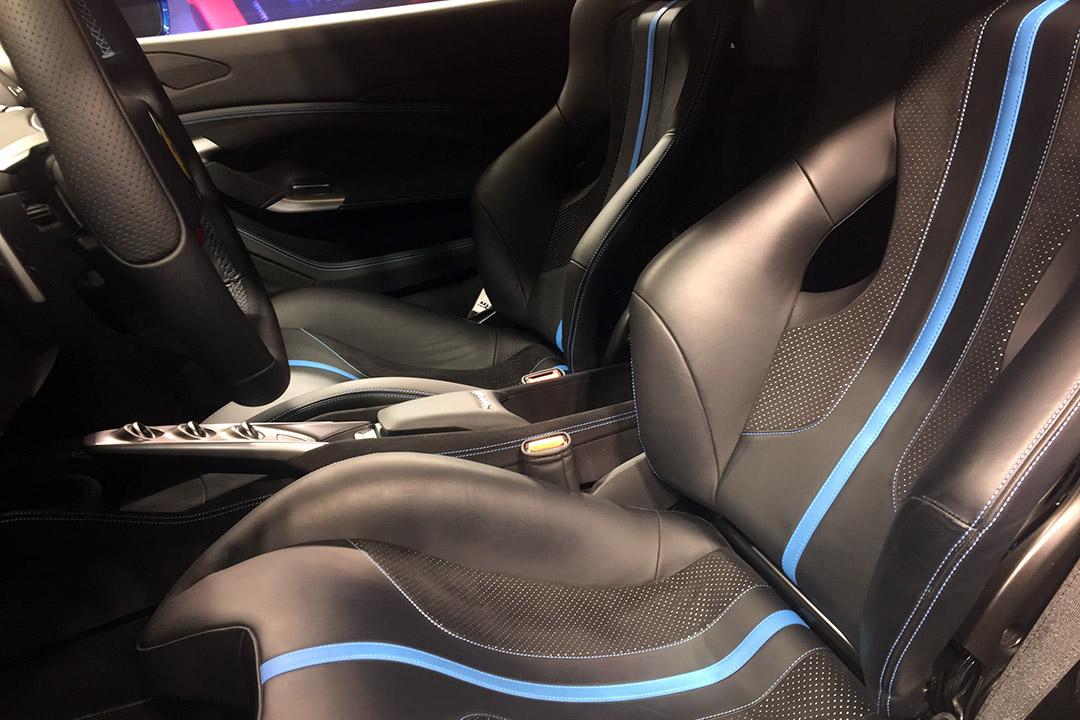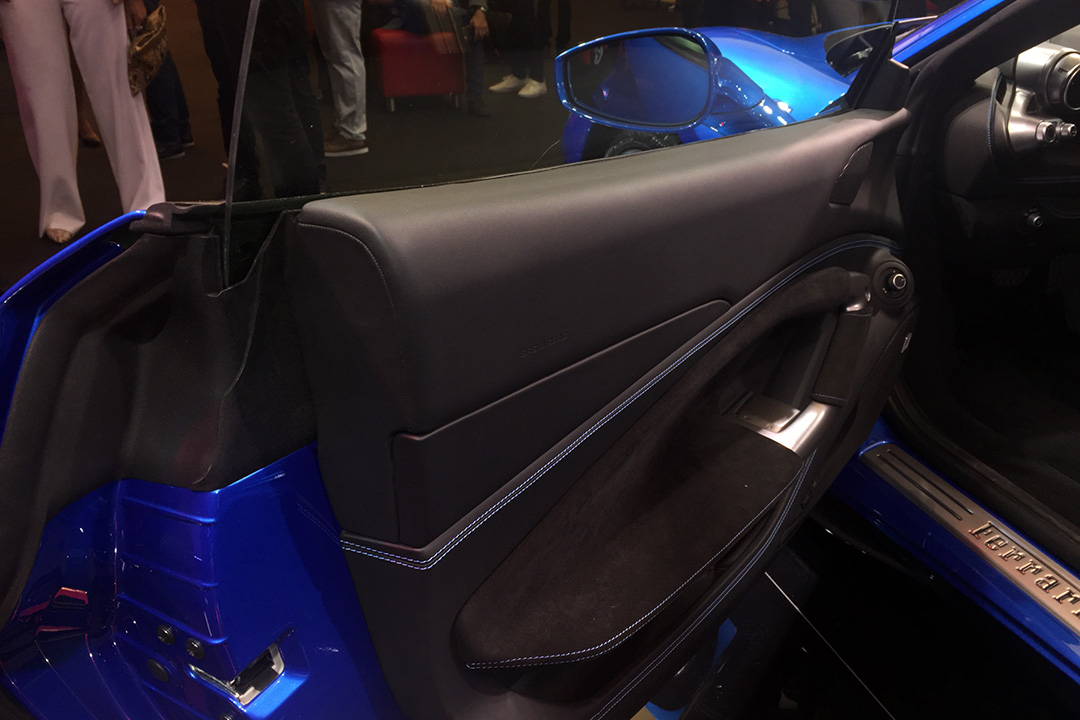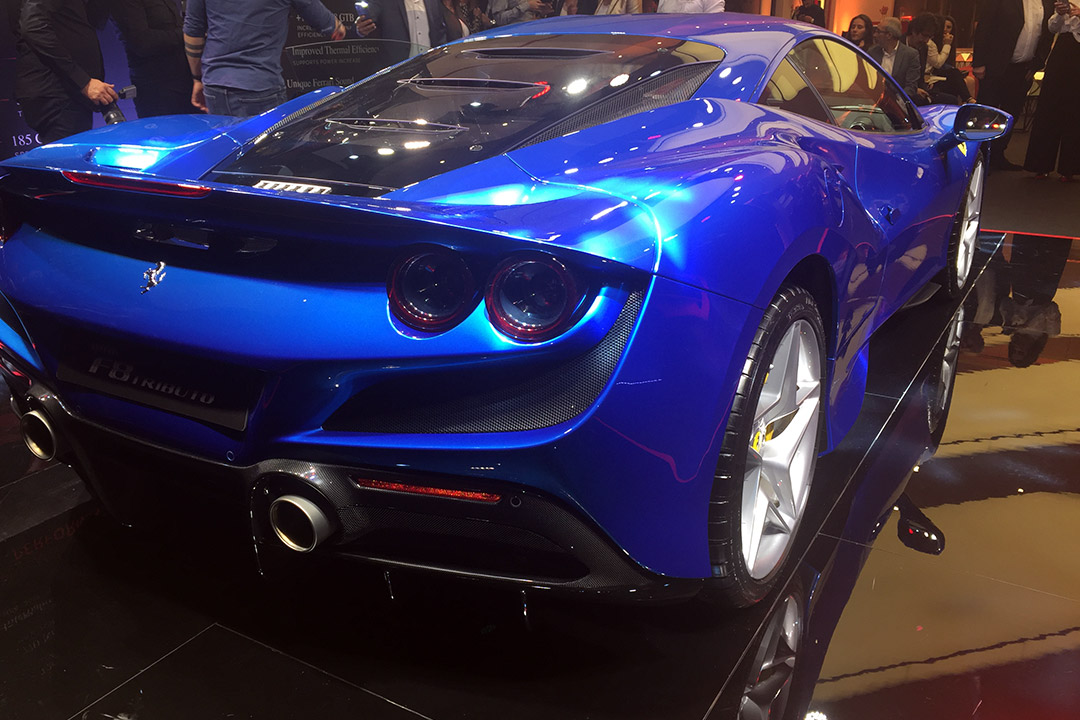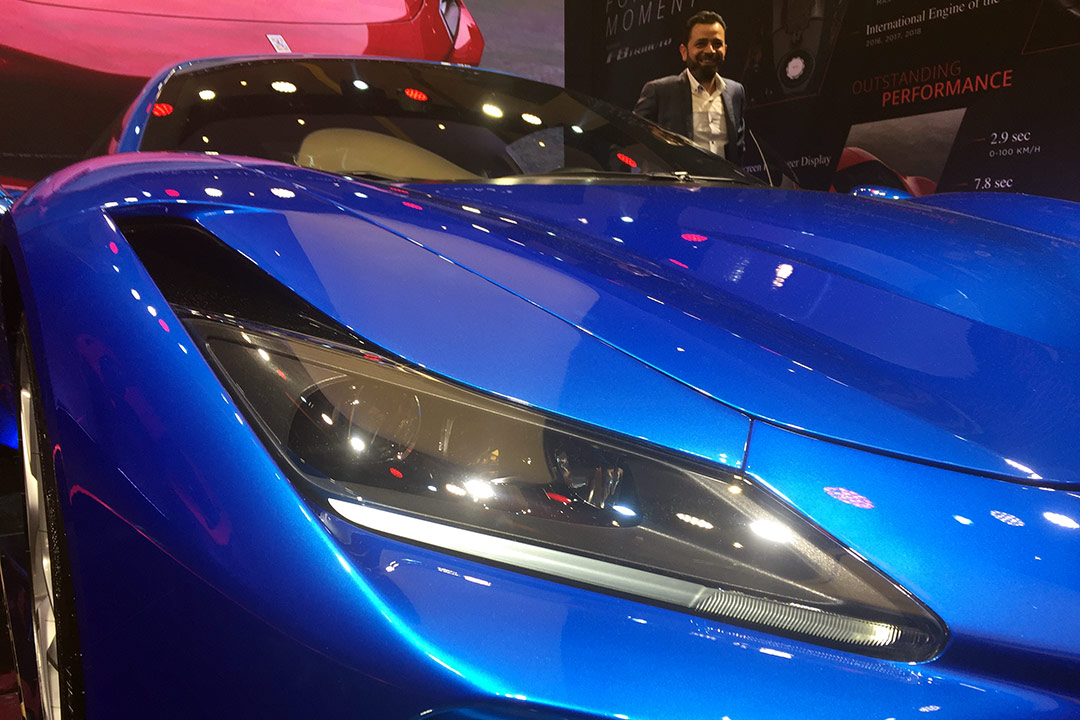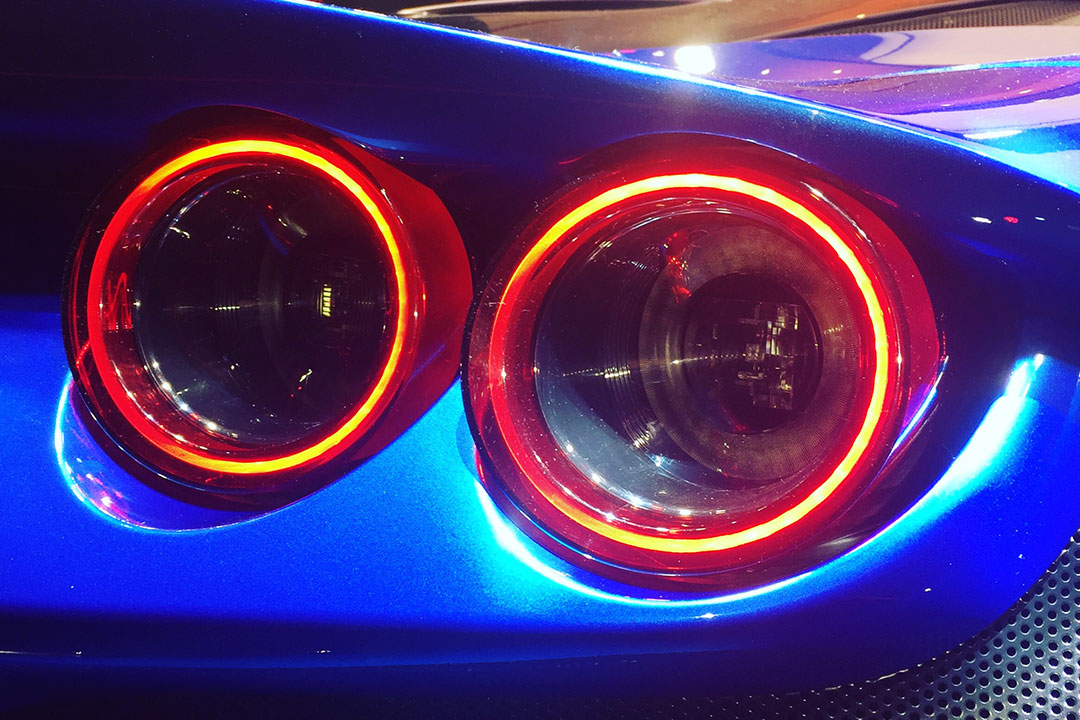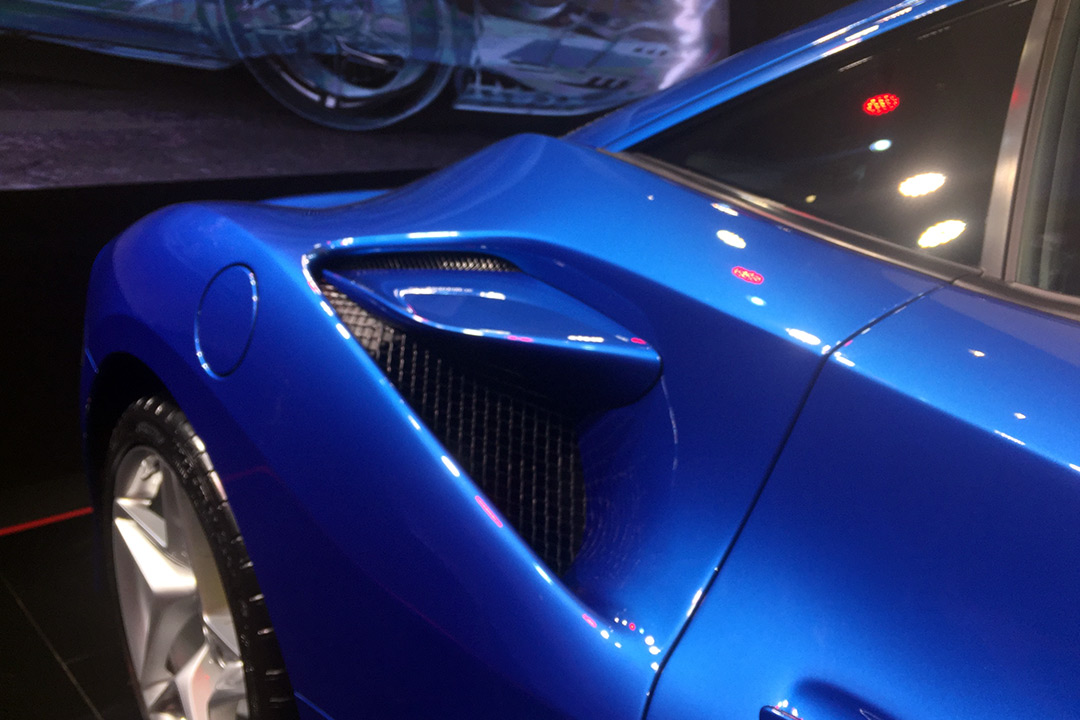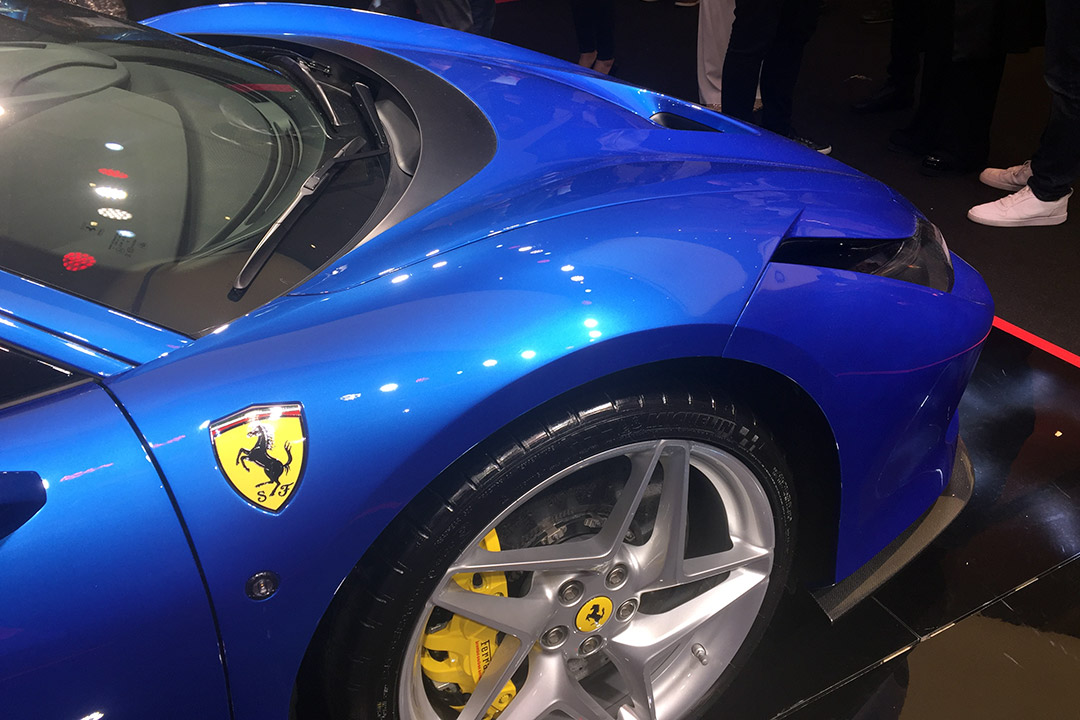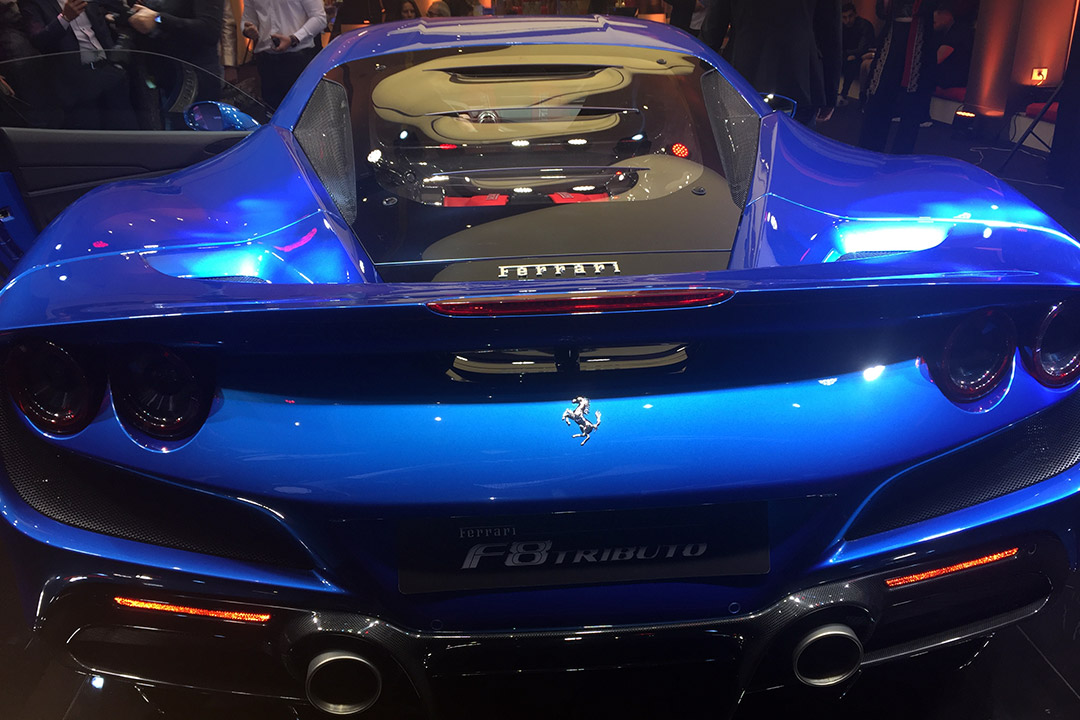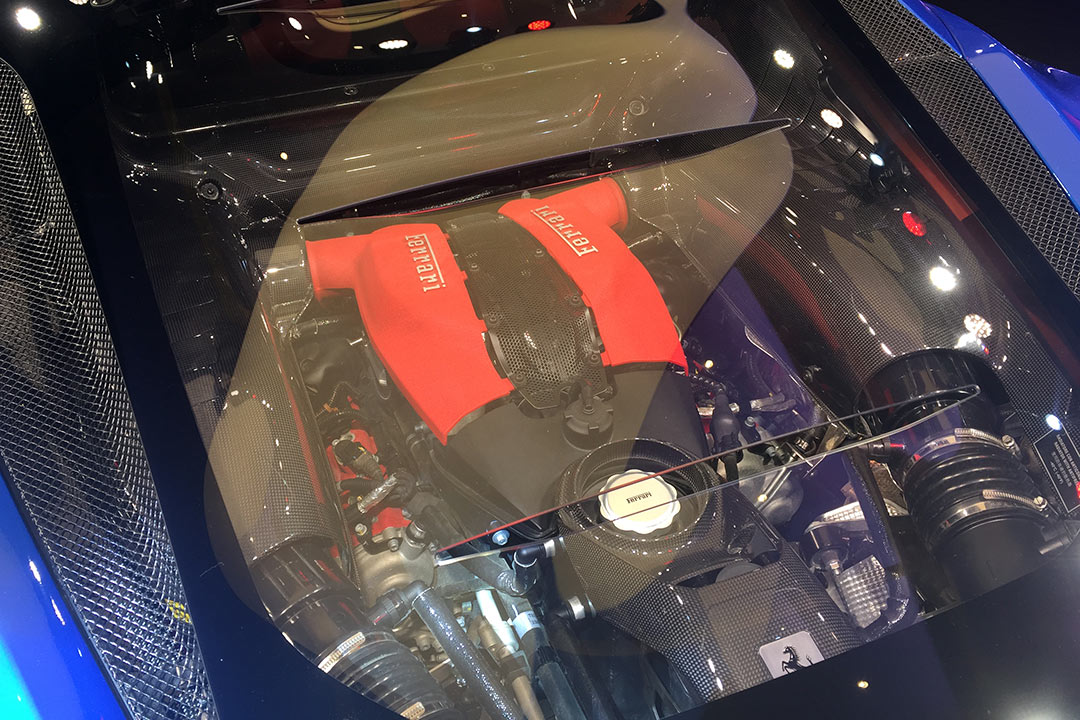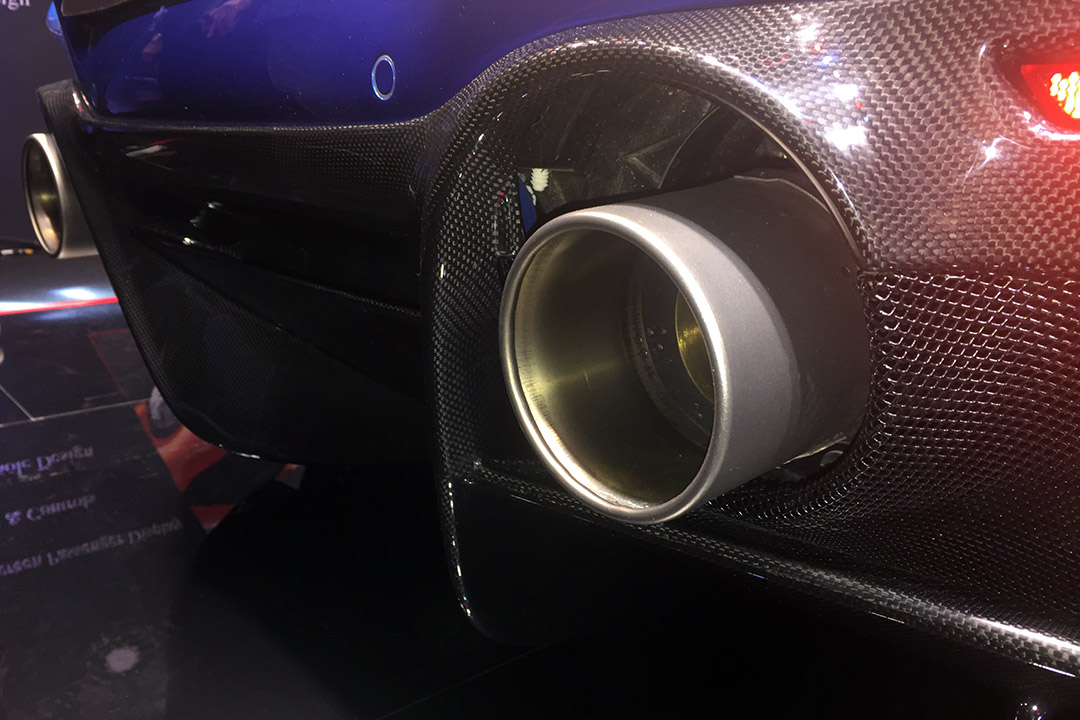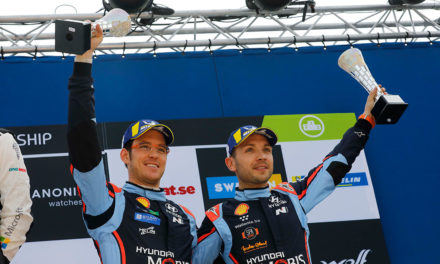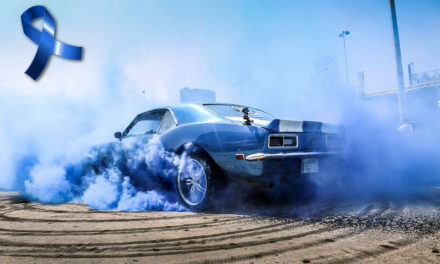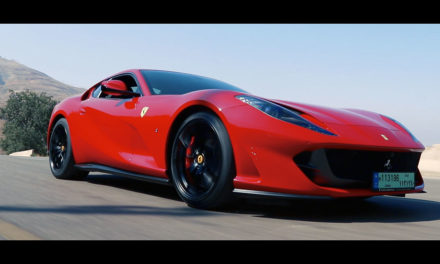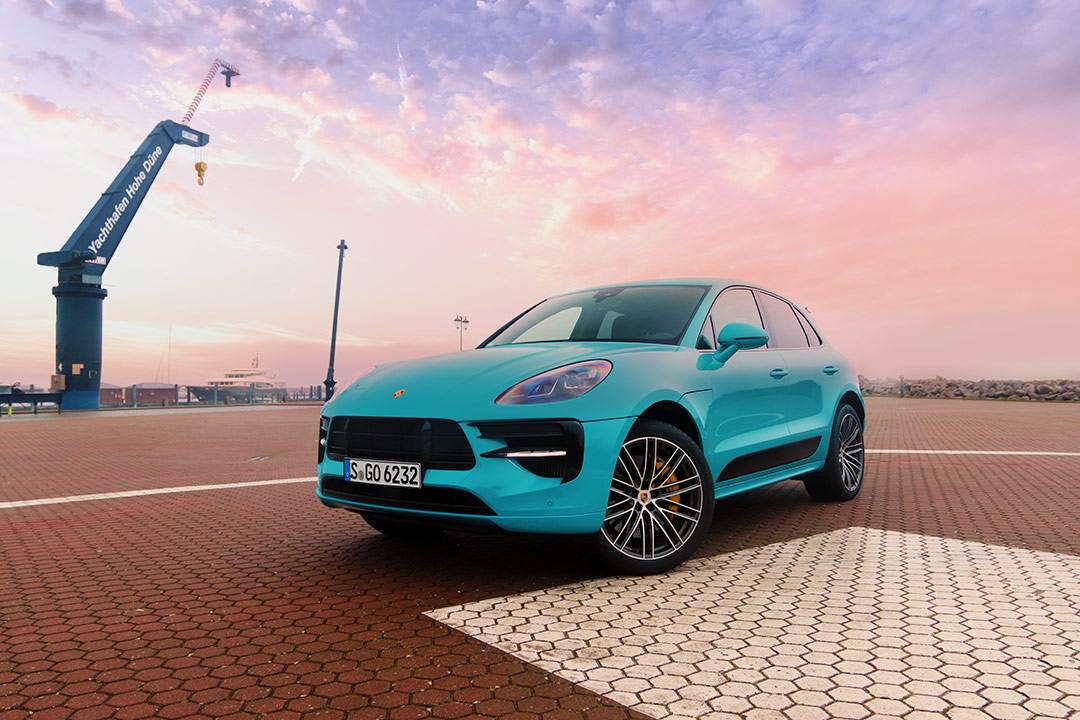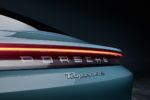PRESS RELEASE
BEIRUT: A launch event is always something special at Scuderia Lebanon, no less a spectacle than the sports cars the Italian manufacturer produces.
The debut of the Ferrari F8 Tributo, in the presence of Giorgio Turri, General Manager for Ferrari Middle East, and Hassan Haidar, owner of Scuderia Lebanon, was no different, with hundreds of guests, Ferraristas and media present to witness the unveiling of the most powerful conventional V-8 Ferrari to date.
The prancing horse’s latest two-seater Berlinetta is not only a showcase of Ferrari’s newest design language, but also a display of state-of-the-art aerodynamics, exceptional performance and driver involvement.
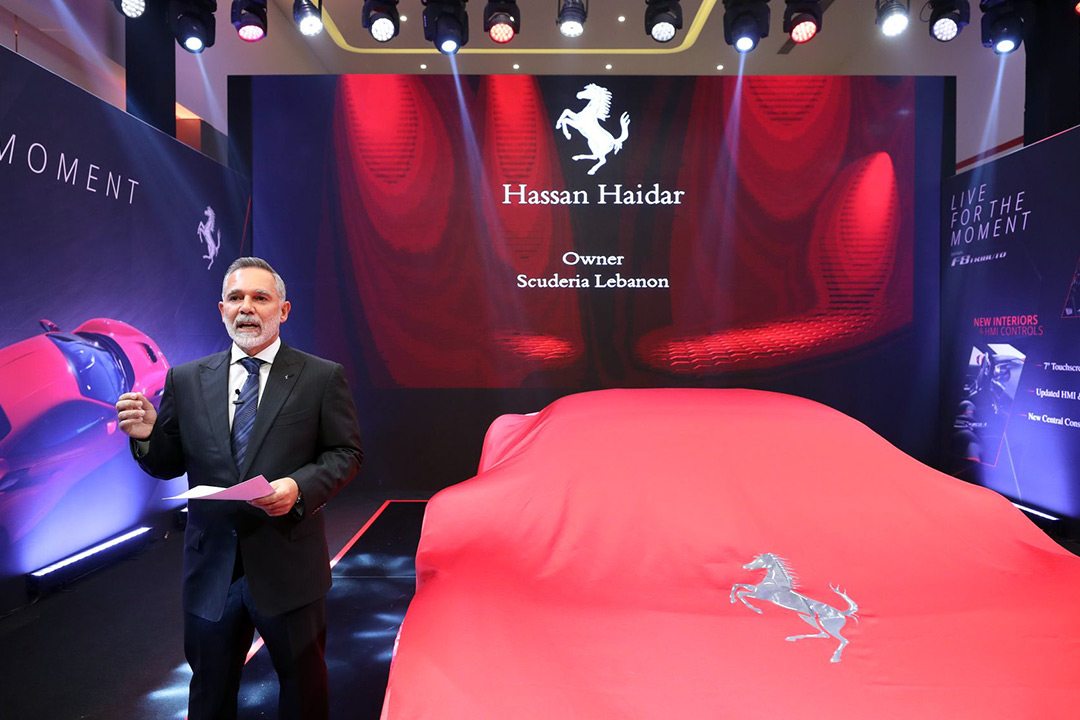
“The F8 Tributo delivers its 720 cv without the slightest hint of turbo lag and produces an evocative soundtrack”
The mid-rear engine sports car, first unveiled at the 2019 Geneva Motor Show, is an update to the extraordinary 488 with remarkable exterior and performance modifications.
The F8 Tributo is powered by the same a 3.9-liter twin-turbocharged V-8 engine as in the 488 Pista, producing 710 ponies and 770 Newton-meters of torque. That extraordinary mill comes mated with a 7-speed dual clutch unit with improved gear ratios.
The F8 boasts several new software features, which are controlled via the Manettino drive-mode switch on the steering wheel. The Tributo also comes equipped with Ferrari’s latest Side Slip Angle Control traction- and stability-control program. Meanwhile, an electronic drift management program, or the Ferrari Dynamic Enhancer, can now be used in the Race drive mode.
The new car replaces the 488 GTB, with improvements across the board, providing even better control on the limit along with greater on-board comfort. The F8 Tributo punches out 50 cv more than the car it replaces, is lighter and benefits from a 10 percent improvement in aerodynamic efficiency along with the latest version of the Side Slip Angle Control, now in 6.1 guise. So while the F8 Tributo offers the highest levels of performance of any car in the current range, that performance is also very usable.
The F8 Tributo delivers its 720 cv without the slightest hint of turbo lag and produces an evocative soundtrack. Instantaneous power is matched by exceptional handling thanks to advanced vehicle dynamics solutions. These include a new version of the Ferrari Dynamic Enhancer (FDE+) which can be activated in the Manettino’s RACE position for the first time, a move designed to make performance on the limit easier to reach and control for an even greater number of drivers.
The steering wheel rim is also smaller in diameter to enhance the level of tactility and make the car feel even more agile. In addition, weight reduction measures have cut the car’s dry weight by 40 kg compared to the 488 GTB, further enhancing both responsiveness and driving pleasure without impinging on interior comfort.
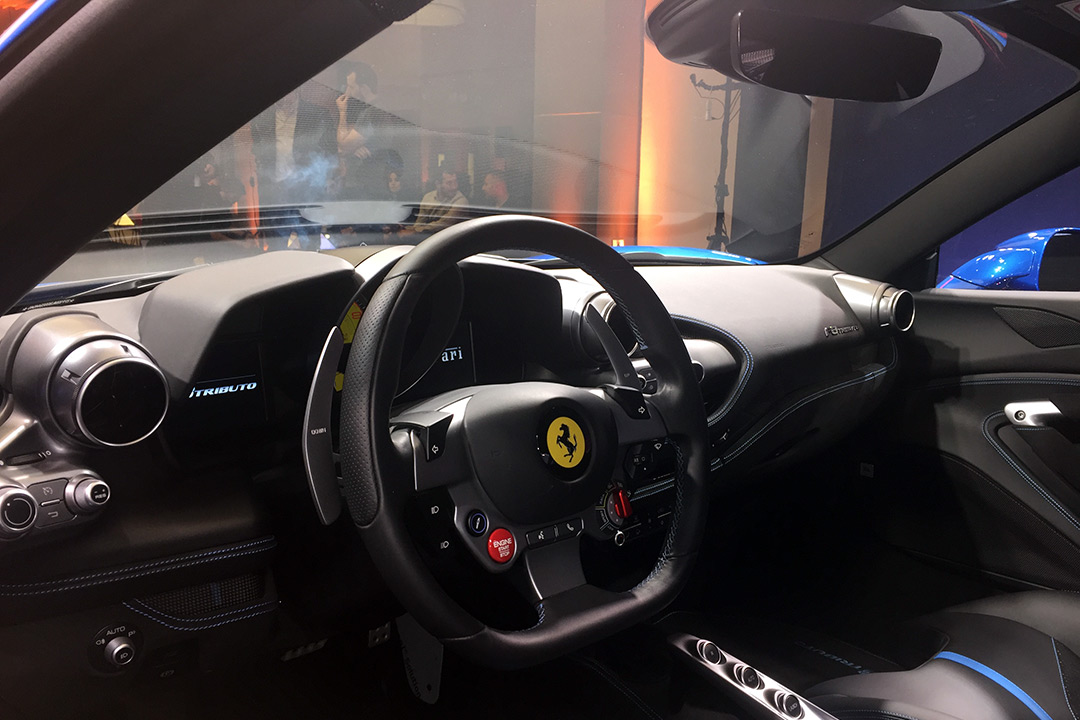
State-of-the-art aerodynamic solutions incorporated into the car’s body help ensure that the extraordinarily powerful engine can be fully exploited. As with the 488 Pista, the F8 Tributo’s aero package is directly evolved from the track and it adopts several features from the 488 Pista designed to help manage engine heat, including, for instance, the rearward-angled front radiators and the dynamic engine air intakes positioned either side of the spoiler instead of on the rear flanks.
Designed by the Ferrari Styling Centre, the F8 Tributo is essentially a bridge to a new design language that will continue to emphasize Ferrari’s key characteristics of high performance and extreme aerodynamic efficiency.
The front of the car is characterized by the S-Duct, a solution that made its debut on the 488 Pista, but which has been redesigned to suit the extensive modifications made to this area of the car. The result is that the S-Duct alone contributes an impressive 15 percent to the overall increase in downforce compared to the 488 GTB. The new, more compact, horizontal LED headlights allowed Ferrari’s aerodynamicists to incorporate new brake cooling intakes in combination with those on the outside of the bumper, the aim being to improve air flow throughout the entire wheel arch and thereby avoid having to increase the size of the braking system to cope with the car’s greater speed.
The front of the car is characterized by the S-Duct, a solution that made its debut on the 488 Pista, but which has been redesigned to suit the extensive modifications made to this area of the car. The result is that the S-Duct alone contributes an impressive 15 percent to the overall increase in downforce compared to the 488 GTB. The new, more compact, horizontal LED headlights allowed Ferrari’s aerodynamicists to incorporate new brake cooling intakes in combination with those on the outside of the bumper, the aim being to improve air flow throughout the entire wheel arch and thereby avoid having to increase the size of the braking system to cope with the car’s greater speed.
The new Lexan rear screen showcases the engine compartment and also brings a modern twist to the most distinctive design element from Ferrari’s most famous V-8, the F40. The louvers help extract hot air from the engine compartment without impacting the efficiency of the blown spoiler which has been further evolved to increase downforce generated at the rear. The spoiler wraps around the tail lights, visually lowering the car’s center of gravity and allowing a return to the classic twin light cluster and body-colored tail, another signature of the early 8-cylinder berlinettas like the very first in the legendary series, the 1975 308 GTB.
The cabin retains the classic, driver-oriented cockpit look typical of Ferrari’s mid-rear-engine berlinettas, but every element of the dash, door panels and tunnel, has been completely redesigned. The new generation HMI (Human Machine Interface), complete with round air vents, new steering wheel and controls as well as a new 7” passenger touchscreen display, significantly enhance the on-board environment for driver and passenger.

